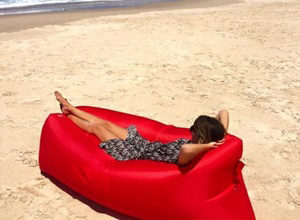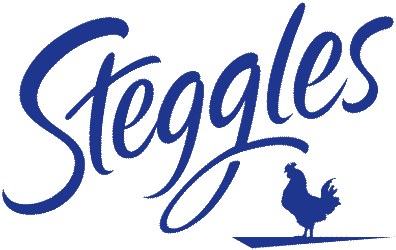Backyard Safety
Pool SafetyRoyal Life Saving Keep Watch Home Pool Safety
Did You Know?
- Drowning is a leading cause of preventable death in children under 5 years of age
- On average, over the last decade, a child under 5 years of age drowned every week in Australia
- For every drowning death it is estimated that three children were admitted to hospital as a result of an immersion incident
- For children under 5 years of age, home swimming pools are the most common site in which drowning occurs
- Children less than one year of age most frequently drown in bathtubs
- Children drown all year round
RESTRICT ACCESS Fence / Gate / Maintain
- Maintain your pool barrier and gate
- Provide a Child Safe Play Area
Creating a barrier between your child and the body of water is one of the most effective ways of preventing drowning. Pool fencing has been shown to save children from drowning. Fencing must isolate the water body (including swimming pools, spas and wading pools) from the house and should be regularly maintained with a gate that self-closes and self-latches. Any object a child could use to climb over a barrier should be removed. Pool fencing has been shown to save children from drowning Visit www.homepoolsafety.com.au for your home pool safety checklist that will help you maintain your fence and gate in good working order. A child safe play area can be created inside or outside the house and will also restrict a child’s access to water. Inside the house, doors and windows should be locked to prevent the child being able to wander away and the bathtub should be emptied immediately after use and the bathroom door kept shut.
Download the Home Pool Safety app by the Royal Life Saving Society – Australia.
Warning – Inflatable Air Lounges


NSW Fair Trading is warning consumers against using inflatable air loungers in water following reports of near drownings.
Inflatable air loungers are fabric tubes that are inflated to form a lounge or bed. They can be used as an alternative to other furniture, and may have an internal plastic liner in addition to an external covering.
Inflatable air loungers may also be marketed as air sofas or inflatable furniture under a range of brand names, including being sold on-line and from overseas suppliers.
There have been a number of reports of the lining of inflatable air loungers splitting while being used in water, presenting a drowning hazard.
These reports are being reviewed by Commonwealth, State and Territory product safety regulators under the leadership of the Australian Competition and Consumer Commission.
Product safety regulators have met to review safety concerns, and are making enquiries with relevant suppliers, international product safety regulators and others to help inform and implement an appropriate response to any product safety concerns.
At this time, product safety regulators including NSW Fair Trading are warning consumers not to use inflatable air loungers as flotation devices in water, including in pools.
Adults are urged to take steps to remove inflatable air loungers from locations in or around water (including pools) and to ensure they are not used by children as flotation devices.
Water and pool safety for children
Drowning is the number one cause of death for children under the age of five. Drowning can occur quickly and quietly, without any warning noises. Whether at home, visiting family and friends or on holiday, it is important to always actively supervise your child at all times in or near water. This means a competent adult swimmer within arm’s reach of any child.
The following safety checklist is designed for parents/carers who are responsible for young children. A child’s stage of growth and development can create new hazards and dangers in and around water.
Water Safety checklist
- From newborn to 12 months do you stay with and hold your baby when in the bath, shower or near any water, even if the phone or doorbell rings?
- From 13 months to 36 months stay are you within arm’s reach of children when they are in or around water?
- From crawler to pre-school age is there a safe play area to restrict a child’s access to water, this includes near dams, rivers, creeks, open drains, fish ponds and water tanks?
- Do you actively supervise your child when near beaches, dams, rivers, creeks, beaches, open drains, fish ponds and water tanks?
Pool Safety Checklist
- Learn CPR by enrolling in a course and keeping your skills up to date
- Enrol your child in water familiarisation lessons
- Attend swimming classes, including adults not confident in the water
- Ensure your swimming pool has a fence and a self-closing, self- locking gate and complies with NSW swimming pool laws
- Fence portable pools as required by NSW Law and always empty and store upright when not in use
Note: if you find you haven’t been able to tick any of the boxes above, this could mean your child is at risk of drowning, we recommend that you look at ways to reduce these risks to help protect your child.
Useful parent/carer resources
For more information on water and pool safety for children visit the following websites
Sydney Children’s Hospital Network
Raising Children’s Network
Kidsafe NSW








